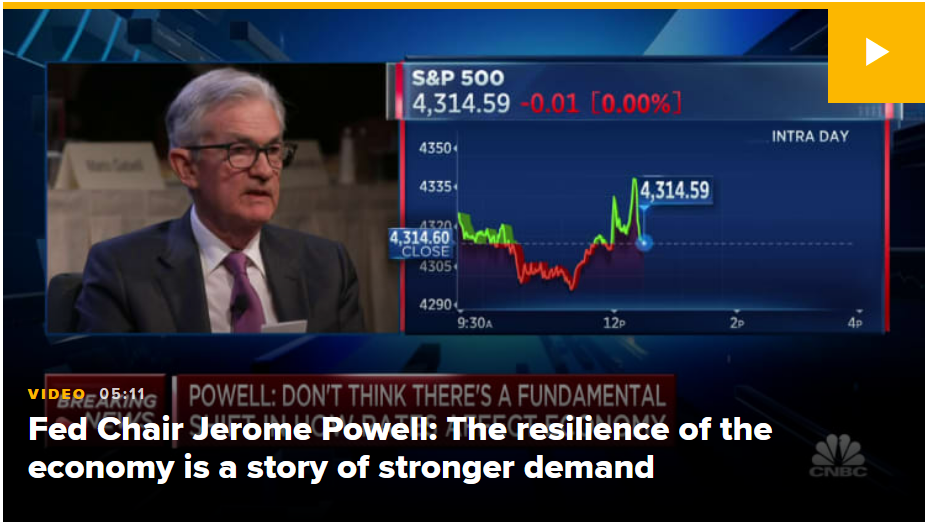As the Treasury pushes more and more debt and more and more debt at the longer end things aren’t as business as usual. October issuances have had dealers required to absorb more of the total sales higher than the usual share of around 10 to 12%, as an increasing number of potential buyers hesitated to participate. This development in auctions is happening in the 20Y, 10Y, and 3Y bonds and notes.
In a note released on Thursday, strategists from TD Securities raised a pressing question, pondering whether this might be a “canary in the coal mine.” since “While purchases by end-users during auctions have remained robust in recent years, the recent decline in end-user demand is causing concern, particularly given the limited balance sheet capacity of dealers to support these auctions,” they noted.
Treasury issuances, Fed’s QT, and Japanese/Chinese absence have pushed the selloff in long-dated Treasurys and bear steepening. Things are not great but not in disaster mode in the Treasury auctions. Yields are rising across the board. The yield curve is flattening but flattening without the short end falling with the 10Y hitting briefly 4.996%, the 20Y hitting 5.33%, the 30Y hitting 5.1%, and the 2Y hitting 5.25%.
Across the Pacific, things aren’t better with the Japanese 10Y hitting .85% not since in a decade. The risk of Japan abandoning YCC, selling off Treasuries, intervening in the yen, and blowing up the yen carry trade is growing.
With all this going on and Powell saying again inflation is too high and GDP growth too strong, the stock market has barely moved. The amount of this time is different sentiment is astonishing. My favorite phrase from Powell today was “We’re very far from the effective lower bound, and the economy is handling it just fine,”. This epitomizes the late-stage return to normal.
We know the economy is not going to keel over this year. It might not even keel over the first half of next year but it will sooner or later with rates going even higher for even longer. That has been the historical behavior of the economy without exception and has been with much less debt, much less government spending, less or as much geopolitical and structural issues, and much lower P/E and equity valuations.

